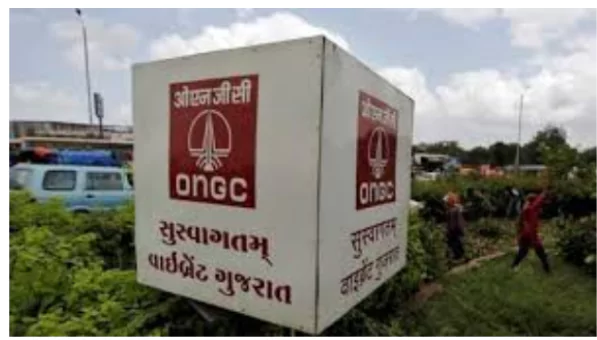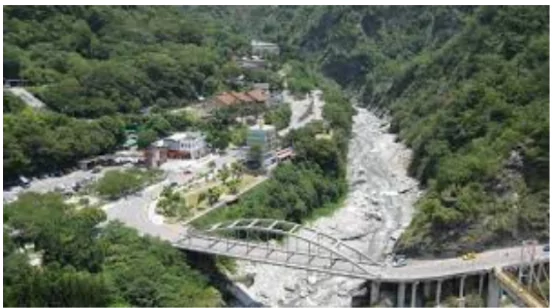World Population Day

|
- On this World Population Day, India’s journey in family planning and reaffirm the commitment to address the challenges that lie ahead.
World Population Day:
- About: In 1989, the United Nations Development Programme (UNDP) proposed that July 11th be globally recognized as World Population Day, emphasizing the critical importance and urgency of population-related issues.
- History: UNDP drew inspiration from the heightened public interest and awareness surrounding “Five Billion Day” on July 11th, 1987, when the global population reached 5 billion.
- Following a resolution, World Population Day was first observed on July 11th, 1990.
- United Nations Population Fund (UNFPA): UNFPA was established in 1969, the same year the United Nations General Assembly affirmed that “parents have the inherent right to determine freely and responsibly the number and spacing of their children.
- Theme: – Leave no one behind, count everyone.
|
Hannibal Directive

|
- As Hamas raided southern Israel the Israel Defence Forces (IDF) activated the “Hannibal Directive”
Hannibal Directive:
- About: The expression refers to a purported IDF operational policy that aims to pre-empt politically painful prisoner swaps by immediately eliminating everyone in the vicinity of a captive Israeli soldier, even if it poses a risk to the soldier himself.
- In case of capture, the main mission becomes rescuing soldiers from the captors, even at the cost of hitting or wounding our soldiers.
- Naming: The policy was named after the Carthaginian general Hannibal, who apparently chose to kill himself when faced with the possibility of capture by the Romans in c. 181 BCE.
- Origins: The Hannibal Doctrine was formulated as a response to the Jibril Agreement of 1985 in which 1,150 Palestinian prisoners were exchanged for three Israelis who had been seized in Lebanon by the Syria-based militant group Popular Front for the Liberation of Palestine-General Command (PFLP-GC).
|
Net Zero Emissions by 2038

|
- The state-owned Oil and Natural Gas Corporation (ONGC) plans to invest approximately Rs 2 lakh crore to achieve carbon neutrality by 2038.
ONGC’s Plan to Achieve Net Zero Emissions:
- Targets: By 2030, ONGC plans to invest Rs 97,000 crore in solar and offshore wind projects. By 2035, an additional Rs 65,500 crore will be allocated for green hydrogen and green ammonia plants.
- By 2038, Rs 38,000 crore will fund the development of 1 GW of offshore wind projects.
- Eliminating Gas Flaring: ONGC aims to invest Rs 5,000 crore in advanced technology to eliminate gas flaring by 2030. In the base year 2021-22, ONGC released 554 million cubic meters of methane into the atmosphere.
- Solar and Wind Energy Initiatives:ONGC plans to invest Rs 30,000 crore to develop 5 GW solar parks and wind turbines by 2030. Additionally, it aims to add 1 GW of solar and onshore wind capacity by 2035 and 2038, with investments of Rs 5,000 crore each.
- Green Hydrogen and Ammonia Projects: ONGC plans Rs 40,000 crore investment by 2030 and a similar amount by 2035 for projects producing 180,000 tonnes per annum of green hydrogen or 1 million tonnes of green ammonia.
- Offshore Wind Projects: By 2030, ONGC aims to invest Rs 12,500 crore to install offshore wind turbines generating 0.5 GW of electricity.
- This capacity will double by 2035 with an additional Rs 12,000 crore investment. By 2038, ONGC plans to add another 1 GW of offshore wind energy, investing Rs 25,000 crore.
- Pump Storage Plants: ONGC intends to invest Rs 20,000 crore to establish 3 GW of pump storage plants, ensuring electricity availability during periods when renewable sources are unavailable.
|
Upper Siang hydropower project

|
- Two anti-dam activists from Arunachal Pradesh were detained preemptively prior to the visit of the Union Power Minister to the state.
Upper Siang hydropower project:
- About: The Upper Siang project is a proposed 11,000 megawatt hydropower project on the Siang river in the Upper Siang district of Arunachal Pradesh.
- Proposal: In 2017, the government proposed to replace the planned 5,500 MW Siang Upper Stage-I and 3,750 MW Siang Upper Stage-II hydel projects with a single, multi-purpose project of higher capacity — the aforementioned Upper Siang project.
- Construction: Set to be built by the National Hydroelectric Power Corporation (NHPC), the project would entail the construction of a 300-metre high dam, the largest in the subcontinent.
Siang River:
- Origins: The Siang originates near Mount Kailash in Tibet, where it goes by the name of Tsangpo.
- Path:It traverses more than 1,000 km eastward, before forming a horseshoe bend around the towering Namcha Barwa peak, and enters Arunachal Pradesh as the Siang. Further downstream, in Assam, the river becomes the mighty Brahmaputra.
Reasons For Protests:
- Threat to Ecosystem: The memorandum highlights concerns over the Siang mega dam proposal in Arunachal Pradesh, citing the threat to delicate ecosystems, wildlife habitats, and biodiversity in the ancestral homeland.
- Displacement: Activists also express worry about the displacement of communities, including over 300 villages of the Adi tribe, including the district headquarters of Yingkiong in Upper Siang.
|
| Max Take Off Weight (MTOW) Unmanned Aerial Vehicle (UAV)

|
- A Bengaluru-based firm has reported a successful test of a 100-kg Max Take Off Weight (MTOW) Unmanned Aerial Vehicle (UAV) at an altitude of 19,024 feet at Ladakh’s Umling La pass.
- Benefits:
-
- Contribution to Defence Air Maintenance: Potential to enhance Ministry of Defence air maintenance sorties at high altitudes with significant cost savings compared to manned flights.
- Efficiency and Cost Reduction: Highlighting the ability of drones like NewSpace over traditional Cheetah helicopters in carrying payloads at similar altitudes, with lower operational costs per sortie.
- Private Sector Innovation: Amid Himalayan stand-offs between China and India, private companies in both countries are competitively advancing in the development of logistics drones.
|
![]() 11 Jul 2024
11 Jul 2024
